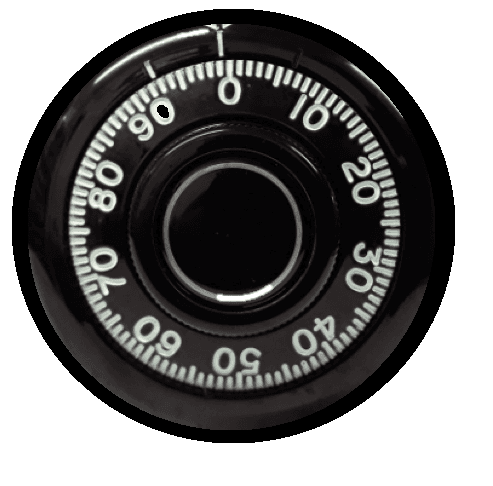Myths about teaching can hold you back


- Year 7
Problem solving with integers and decimals
I can use my knowledge of calculating with integers and decimals to solve problems.


- Year 7
Problem solving with integers and decimals
I can use my knowledge of calculating with integers and decimals to solve problems.
These resources were made for remote use during the pandemic, not classroom teaching.
Switch to our new teaching resources now - designed by teachers and leading subject experts, and tested in classrooms.
Lesson details
Key learning points
- Integers and decimals appear in many real-world contexts.
- Calculating with money is an example of decimals.
- Many measurements require decimal values for good accuracy.
Keywords
Integer - An integer is any positive or negative whole number or zero.
Additive inverse - The additive inverse of a number is a number that, when added to the original number, gives the sum of 0.
Common misconception
Students are unsure where to start on problem solving questions.
Starting with one sentence at a time and isolating what the strategy is first before doing any calculation is important.
To help you plan your year 7 maths lesson on: Problem solving with integers and decimals, download all teaching resources for free and adapt to suit your pupils' needs...
To help you plan your year 7 maths lesson on: Problem solving with integers and decimals, download all teaching resources for free and adapt to suit your pupils' needs.
The starter quiz will activate and check your pupils' prior knowledge, with versions available both with and without answers in PDF format.
We use learning cycles to break down learning into key concepts or ideas linked to the learning outcome. Each learning cycle features explanations with checks for understanding and practice tasks with feedback. All of this is found in our slide decks, ready for you to download and edit. The practice tasks are also available as printable worksheets and some lessons have additional materials with extra material you might need for teaching the lesson.
The assessment exit quiz will test your pupils' understanding of the key learning points.
Our video is a tool for planning, showing how other teachers might teach the lesson, offering helpful tips, modelled explanations and inspiration for your own delivery in the classroom. Plus, you can set it as homework or revision for pupils and keep their learning on track by sharing an online pupil version of this lesson.
Explore more key stage 3 maths lessons from the Arithmetic procedures with integers and decimals unit, dive into the full secondary maths curriculum, or learn more about lesson planning.

Equipment
Licence
Prior knowledge starter quiz
6 Questions
Q1.Match each calculation to its correct answer. Use your knowledge of identifying a reasonable answer and do not work out the calculations.
$$4.4\times7.4=$$ -
$$32.56$$
$$2.9\times2.8=$$ -
$$8.12$$
$$8.3\times3.1=$$ -
$$25.73$$
$$5.7\times1.1=$$ -
$$6.27$$
Q2.Without using a calculator, work out the answer to $$4\times8 + 6\times5 = $$
Q3.Match each number with its additive inverse.
81 -
(-81)
(-3) -
3
18 -
(-18)
0.3 -
(-0.3)
0.81 -
(-0.81)
Q4.Starting with the calculation with the lowest answer, sort these calculations into order of size.
Q5.Work out the missing number: $$33 \times 0.6 + 33 \times$$ $$= 33$$
Q6.Work out the missing number: $$4.5 \times 0.23 + 4.5 \times$$ $$= 4.5$$
Assessment exit quiz
6 Questions
Q1.Laura has £23.21. She spends £12.45 and then spends £9.29. She then finds £2.89. Without using a calculator, work out how much money she has left. £
Q2.Lucas has a £20 note. He needs to buy 6 packets of donuts for a party. Each packet costs £3.12. Work out how much change Lucas will have left. £
Q3.Some children each grow a tomato plant. Alex’s plant is 28.4 cm, Jacob’s plant is 35.8 cm, Sofia’s plant is 32.4 cm and Andeep’s plant is 24.4 cm. Work out the mean height of the plants. cm
Q4.An isosceles triangle has one angle of $$43.6^\circ$$ and another angle of $$92.8^\circ$$. Three students work out the third angle. Who is correct?
Q5.The starting line is at 0. If you twist this combination clock anticlockwise 50, which number will the combination lock starting line be on?

Q6.A combination lock starts at 0. It is twisted 23 anticlockwise, then 78 clockwise, then 80 anticlockwise and then 13 clockwise. Which number is the combination lock now indicating?


